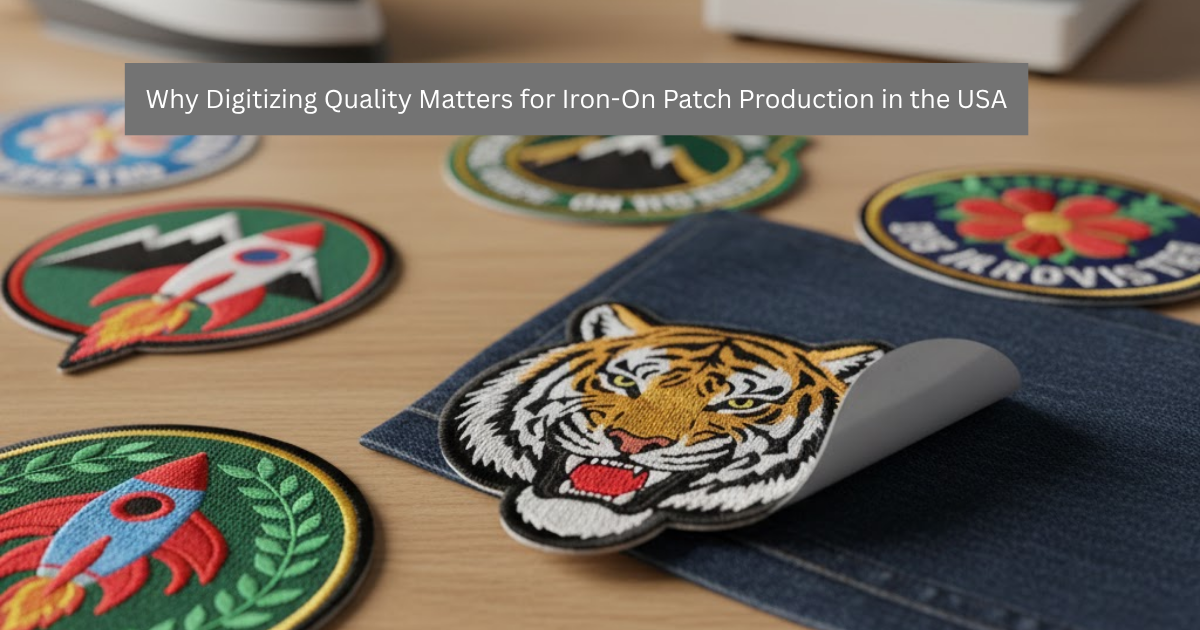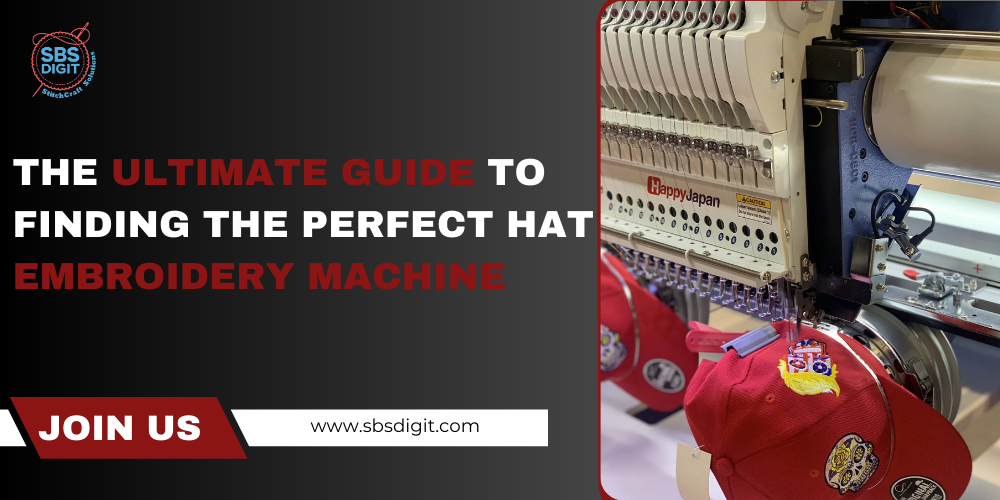When you order custom iron on patches for your brand or client, you’re investing in quality and durability. But often, the problem isn’t the patch material it’s the file. The true secret to a perfect embroidered patch is expert digitizing. Many businesses in the USA try to save money, only to find that poor files lead to puckering, poor alignment, and weak adhesion.
1. The Foundation: Digitizing is the First Step to a Perfect Iron Patch
Before a needle touches thread, your logo or design must be converted into a stitch file. This is where embroidery patches iron on quality is decided.
- Understanding the Patch Difference: Unlike direct embroidery, a custom embroidery patches design must account for the density and layering of a patch, including its border. The digitizer must meticulously plan every stitch.
- The Problem with Cheap Files: Low-quality digitizing often results in uneven density and poor thread tension. When you try to iron on the patch later, the heat and pressure can exacerbate these flaws, leading to puckering or stretching.
2. Ensuring Flawless Application: Iron-On Patches for Clothes
The main appeal of iron on patches for clothes is their ease of application. However, if the underlying file is flawed, the final patch might not stick correctly or look professional.
The Critical Role of Patch Digitizing
Expert digitizing focuses on several key areas that impact the patch’s performance:
- Clean Edges: Whether you choose sew on patches or iron-on, clean borders are essential. Quality digitizing ensures the final satin stitch edge is uniform, providing a neat barrier for the heat-seal backing.
- Perfect Adhesion: Iron on patches custom-made must lay flat. Our digitizers ensure that the stitch density is perfect to prevent the patch from curling, which is a major cause of failure when users try to how to iron on a patch themselves.
- Durable Materials: We optimize files for various specialty patches, from simple clothing patches to complex custom sequin patches and custom chain stich patches, guaranteeing file integrity regardless of the patch type.
3. Beyond Simple Designs: Custom Patches Iron On
When your project involves complex branding, like custom iron on embroidered patches for caps or specific apparel, precision is non-negotiable.
Targeting Specific Apparel
- Iron on Patches for Hats: Hats require specialized digitizing due to the curved surface. Our files adjust for the severe pull compensation needed for hat patches iron on, ensuring the patch remains perfectly aligned after being applied by a heat press patches machine.
- Bespoke Iron On Patches: For high-end bespoke iron on patches, the digitizing must account for every intricate detail, ensuring the design translates flawlessly from screen to thread.
- Decals vs. Patches: We also handle related services like iron on decals for shirts, where accuracy is crucial.
4. How to Iron on Embroidered Patches: The Digitizing Difference
The customer’s question is often “How do you iron on a patch?” or “how to iron on embroidered patches”. While the process seems simple, a poor file makes it nearly impossible.
When you purchase a custom iron on patch from SBS Digit, you get files engineered for:
- Uniformity: Even stitch placement means even heat distribution.
- Stability: The patch maintains its shape when pressed, unlike cheaply digitized patches that distort.
Whether you use a home iron (how to iron on an iron on patch) or a commercial heat press, the quality of your initial file the embroidered patch itself is the deciding factor for a professional finish.
Ready to Elevate Your Patches?
Don’t compromise your brand identity with low-quality files. SBS Digit specializes in iron on patches custom to ensure every patch whether it’s custom woven patches or traditional sew on clothes patches is run-ready and built to last.



